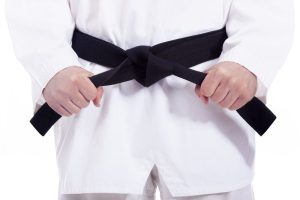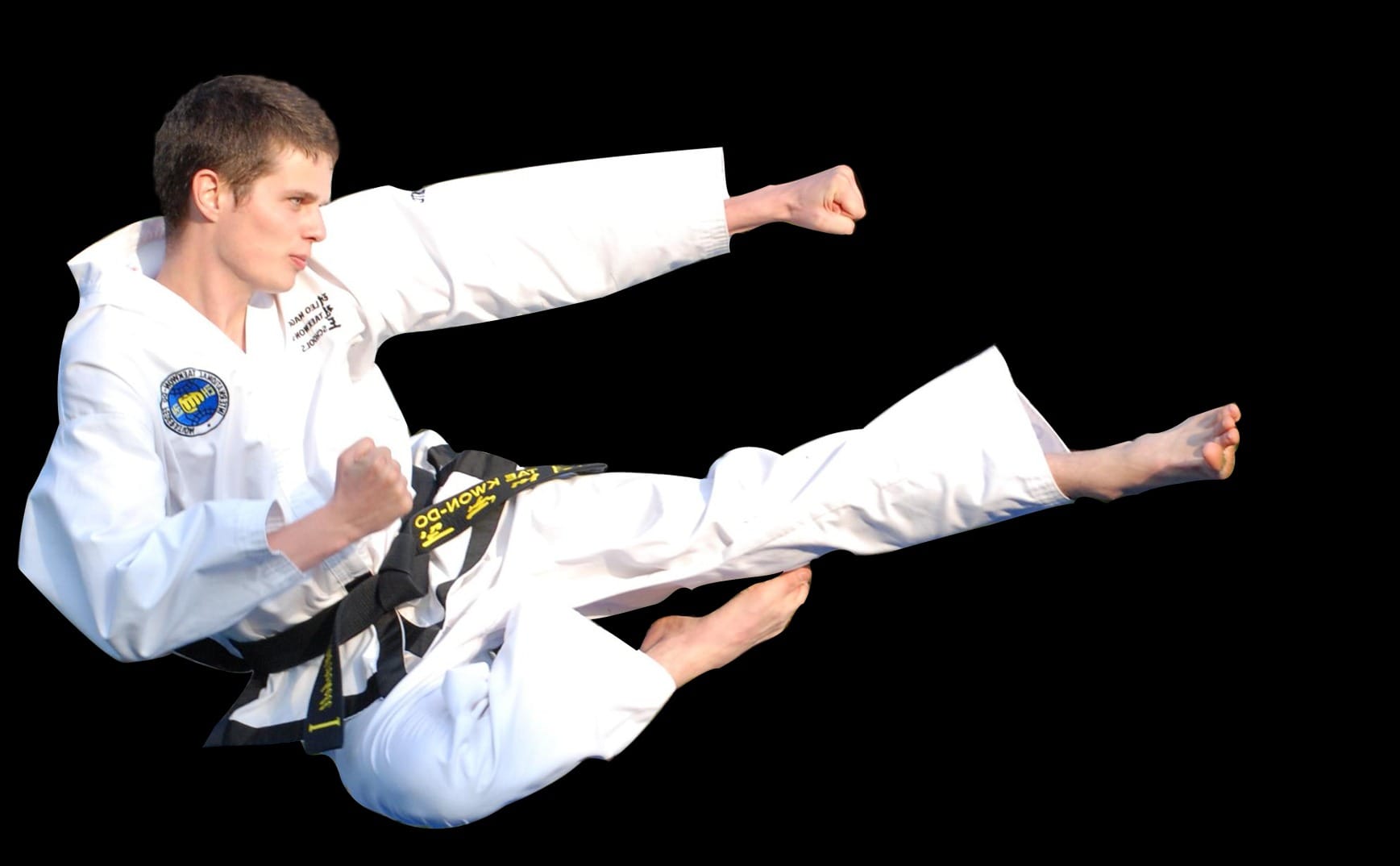
Mastering the Art of Tying Belts in Taekwondo
In the world of martial arts, Taekwondo holds a significant place. One of the key aspects of this discipline is understanding the belt system, which

A painting painted on the wall of a tomb built in the Korean kingdom of Koguryo between 37 BC and 66 AD is one of the earliest evidence of Taekwondo’s existence. The picture depicts two unarmed people in a Taekwondo-style stance facing each other. Figures completing blocks and wearing costumes identical to those worn in modern-day Taekwondo instruction are seen in additional drawings in the tomb.
Taekwondo and its techniques evolved in tandem with Korea’s development. As a result, almost all of the chronicles of the several kingdoms that existed within the country throughout the ages provide evidence and histories of Taekwondo training.
The highest level of ancient art was achieved in the kingdom of Silla. However, this small kingdom was continuously attacked and opposed by larger and more robust areas. In response, King Jin Heung, the kingdom’s monarch, founded the “Hwarang,” or “Flower of Youth,” an elite force of warriors.
The Hwarang was made up of the sons of the kingdom’s lords. They were hand-picked and adequately trained in all facets of military skills, including unarmed combat, known as Tae Kyon at the time. The Hwarang were taught the value of improving their bodies, minds, and spirits. The youthful soldiers were taught history, poetry, and philosophy in addition to fighting techniques. Hwarang Do was the name given to the complete corpus of knowledge. As a result, the Hwarang obtained abilities that were useful in fighting and everyday life. This is directly related to modern Taekwondo instruction, which teaches self-defense techniques, better character, self-discipline, and confidence that can be used in any situation.
The Koryo dynasty (935 AD – 1352 AD) succeeded the Silla dynasty, and it was during this period Korea got its name. Subak Do, or martial arts practice, evolved into a structured sport with specific regulations. Martial arts were firmly ingrained in Korean society due to the royal family’s sponsorship of competitions and displays.
The principles of Taekwondo techniques are based on the design of your body. For power, you develop the larger, more powerful muscles of the torso. The techniques’ speed comes from the arms and legs’ fast, agile muscles. As you progress in Taekwondo, you will learn to coordinate this speed and power and develop the concentration to focus all of your body’s strength into a small, hard striking surface like the edge of the hand or the heel of afoot.
The results can be incredible when the speed and power developed through Taekwondo are used in a self-defense situation against the vulnerable parts of an attacker’s body. Taekwondo allows a woman to emphasize her natural physical strengths, such as power in the legs, while learning a method of self-defense efficient against a much larger opponent.
This does not come naturally for many people, but self-confidence can be developed over time. Through Taekwondo, as you accomplish new goals, your confidence level increases. In addition, Taekwondo instills a sense of discipline and self-confidence that can carry over to all aspects of your life.

In the world of martial arts, Taekwondo holds a significant place. One of the key aspects of this discipline is understanding the belt system, which

Discover the Best Taekwondo Classes Near Me: Koryo Taekwondo Club’s Excellence in Geneva, Gland, and Versoix Uncategorized 21 May 2023 Searching for “Taekwondo near me”?
Koryo Taekwondo Club is the #1 Martial Arts school in Gex, Gland, Versoix, Champel and Geneva. Taekwondo Classes for ages 3 to 100. After school programs, Sparring, Poomsae, …